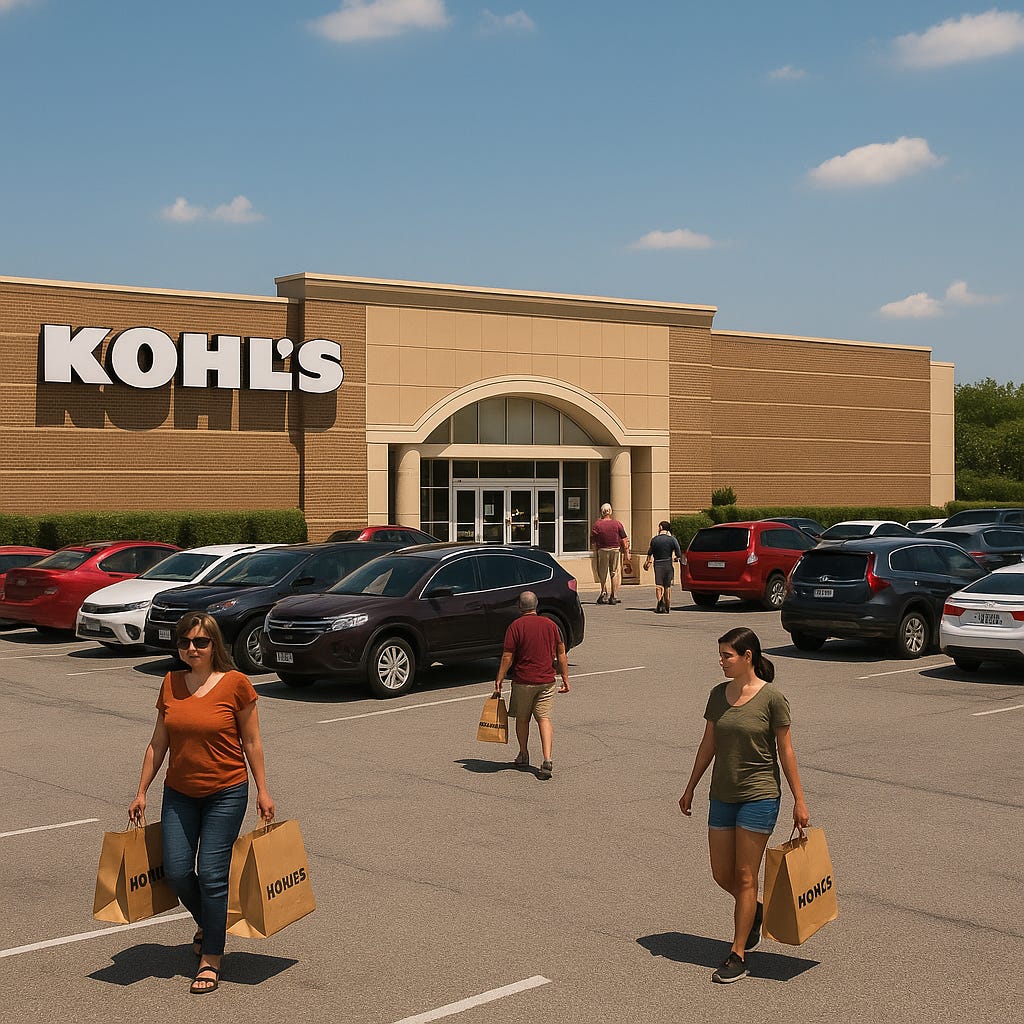Kohl’s Q2 Beat: Solid Execution Sets the Stage for a Fall "Weather-Driven" Upside Surprise
Softer May sales from chilly, wet weather gave way to stronger June and July — now Kohl’s is primed to ride a major demand lift when colder comps arrive this fall
“We saw our sales progressively improve throughout the quarter, with May having the softest performance due in part to colder, wetter weather over the last couple of weeks of the month, including the Memorial Day holiday, which negatively affected our spring seasonal businesses.” — Michael Bender, KSS CEO
Kohl’s (KSS) reported Q2 comparable sales down 4.2%, with net sales down 5.1% year-over-year. Adjusted earnings per share came in at $0.56, ahead of expectations, and gross margin expanded by 30 basis points to 39.9%.
Management emphasized that the quarter was stronger than expected, but weather played a clear role in shaping results:
May softness: Colder, wetter weather, including the Memorial Day holiday, suppressed spring seasonal categories (shorts, tees, sandals). This was the weakest month of the quarter.
June and July recovery: Warmer, drier conditions supported sales momentum, culminating in flat comps in July. Proprietary brands and digital were key outperformers.
Kohl’s estimat…
Keep reading with a 7-day free trial
Subscribe to G2 Weather Intelligence to keep reading this post and get 7 days of free access to the full post archives.


